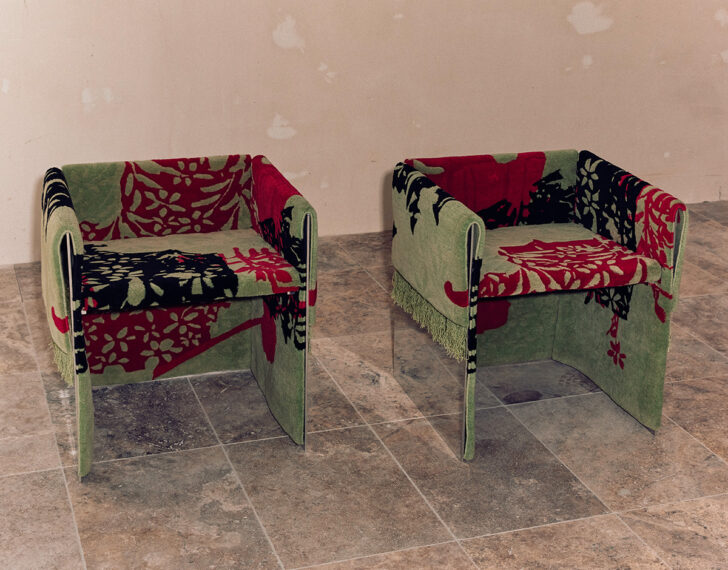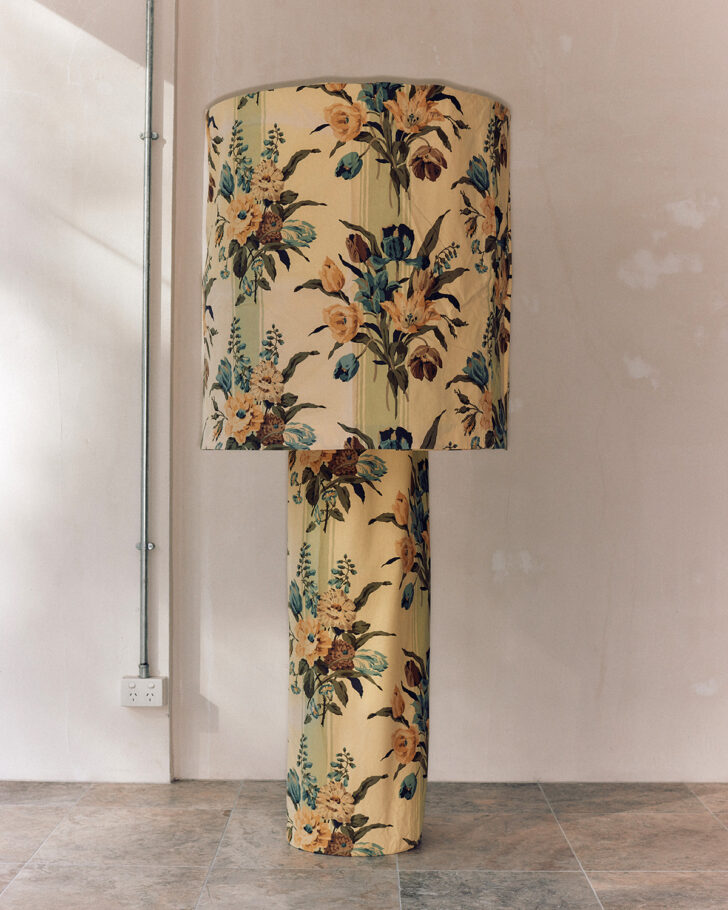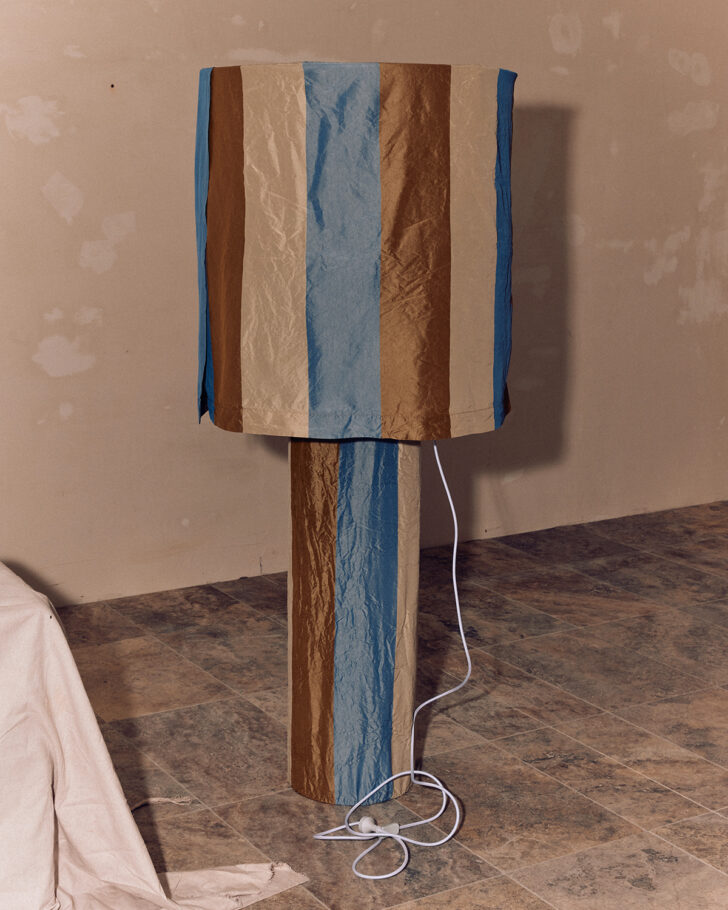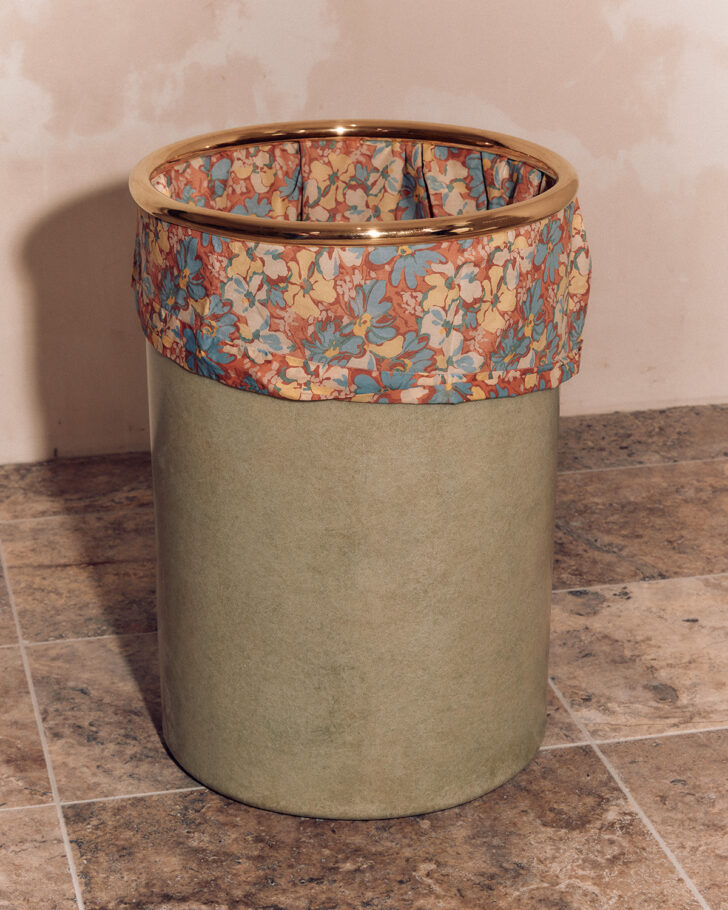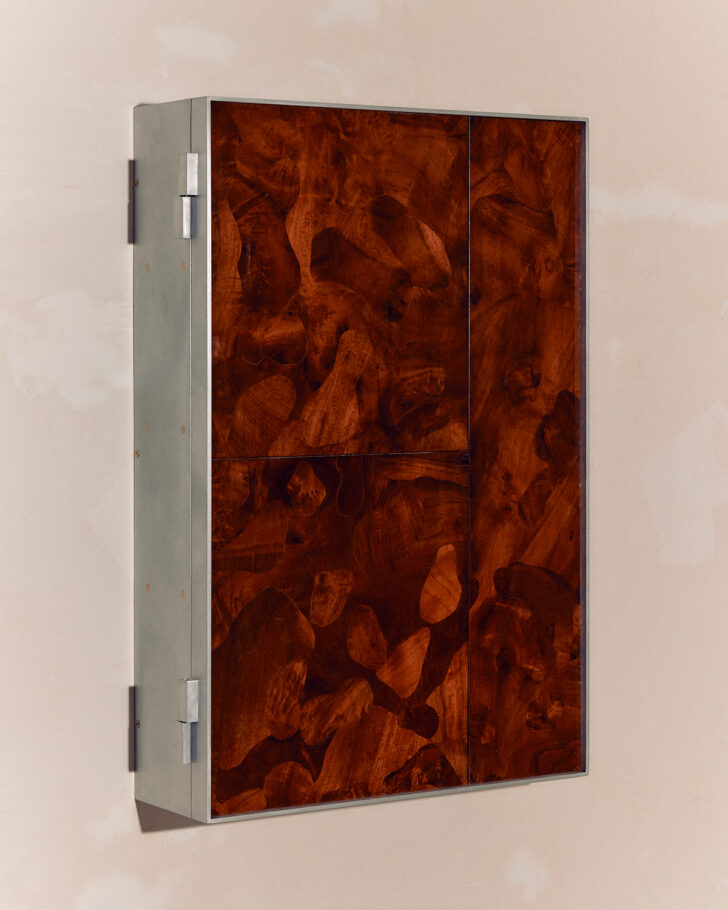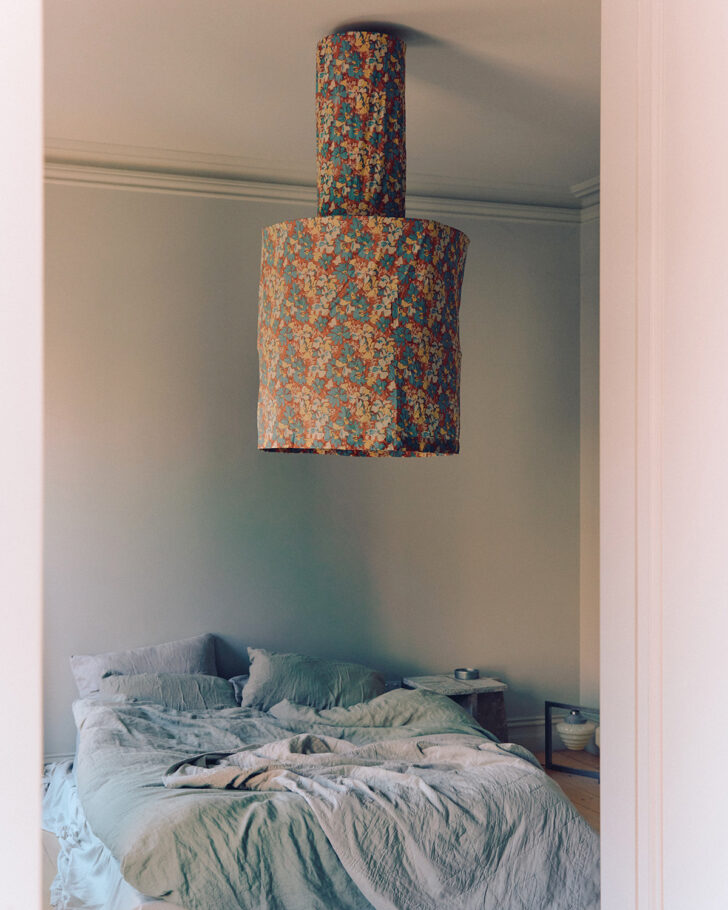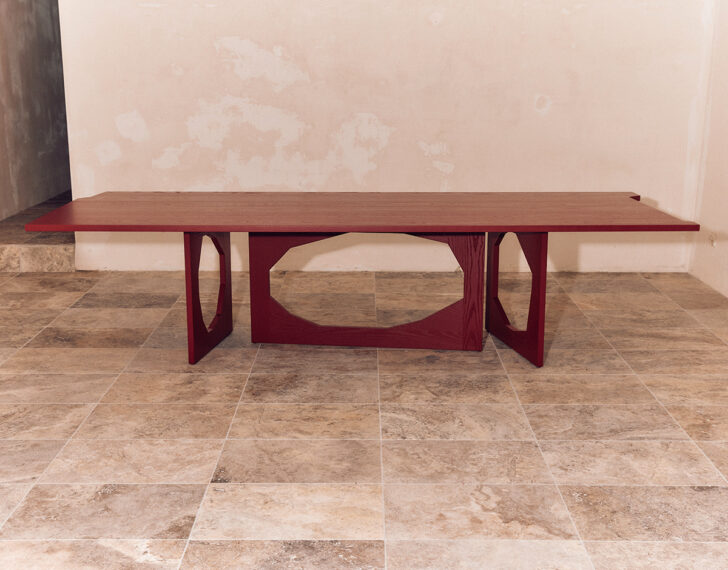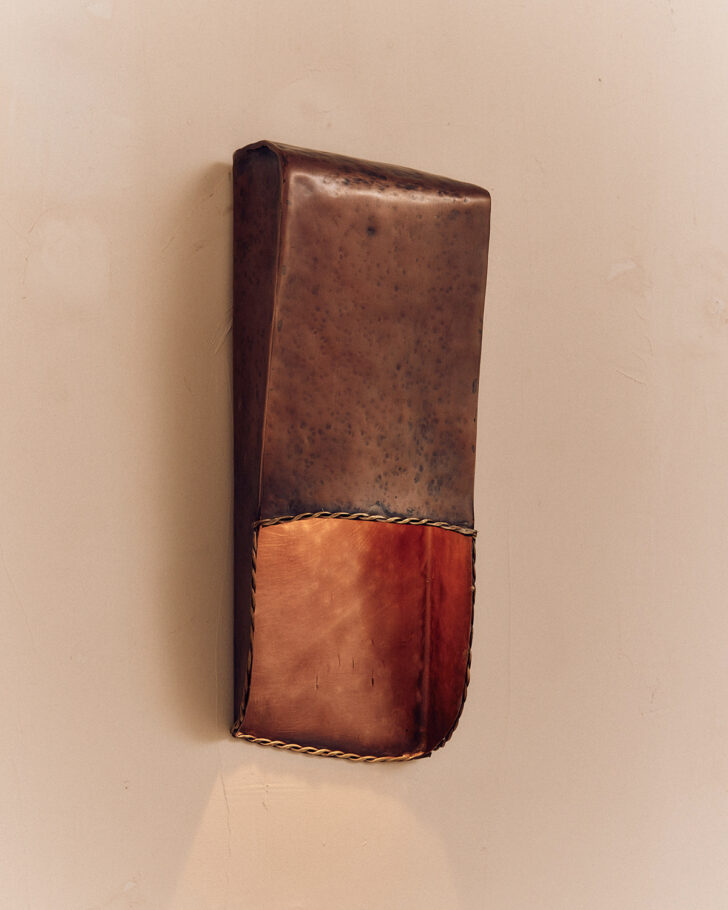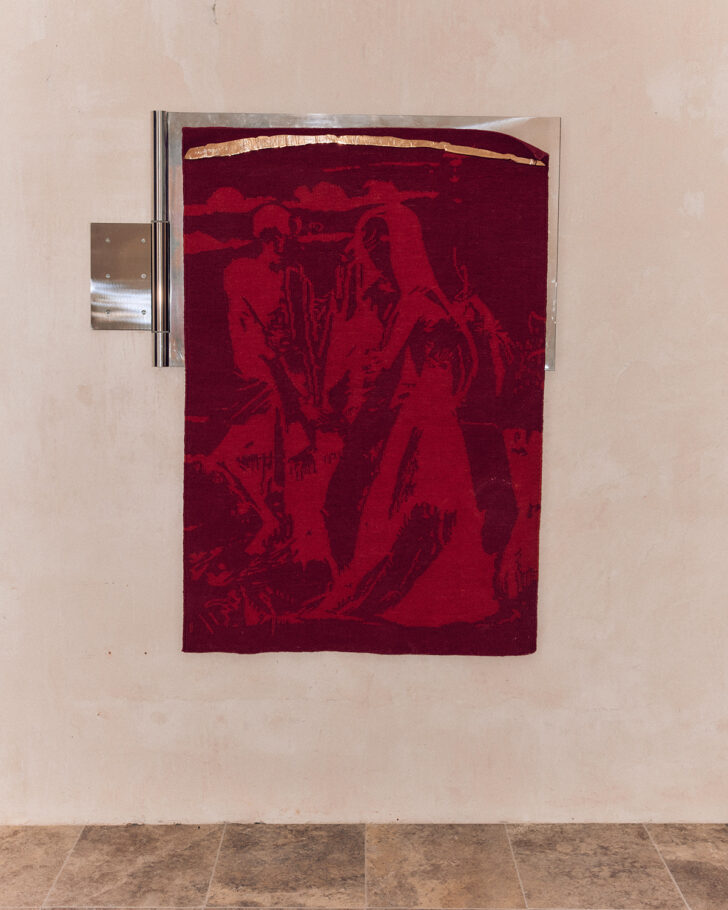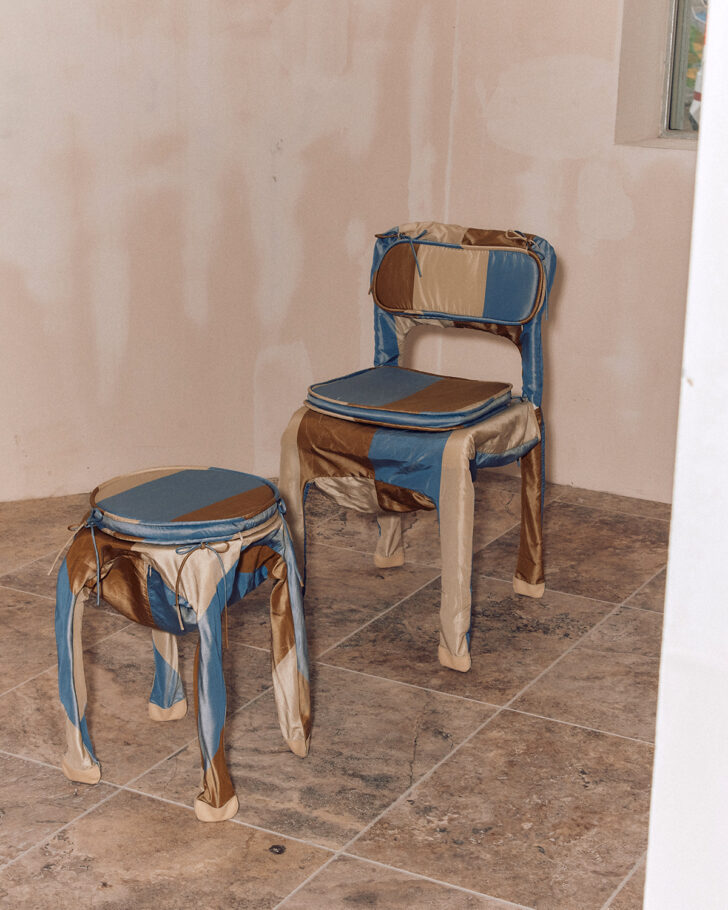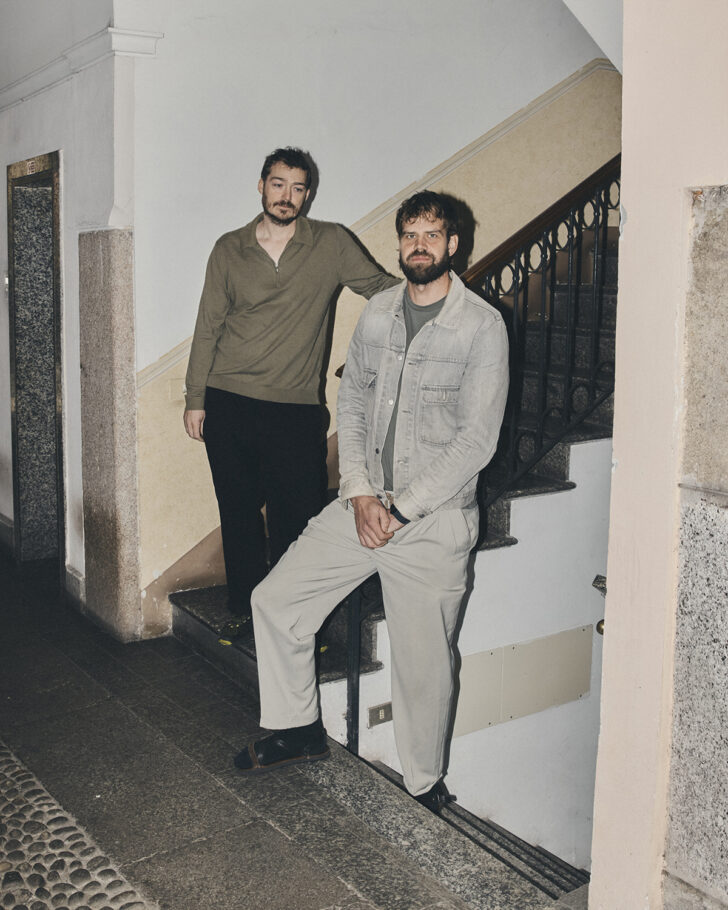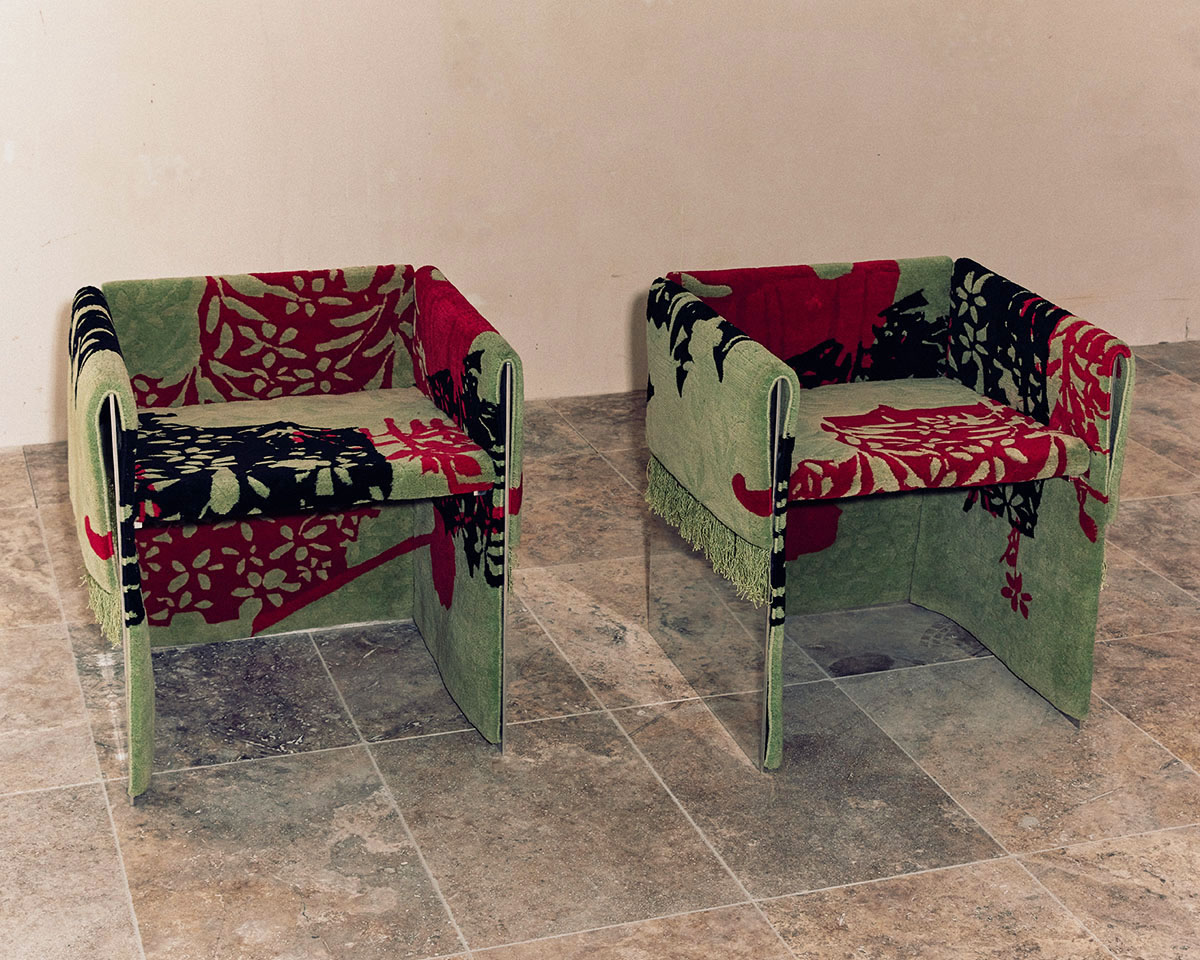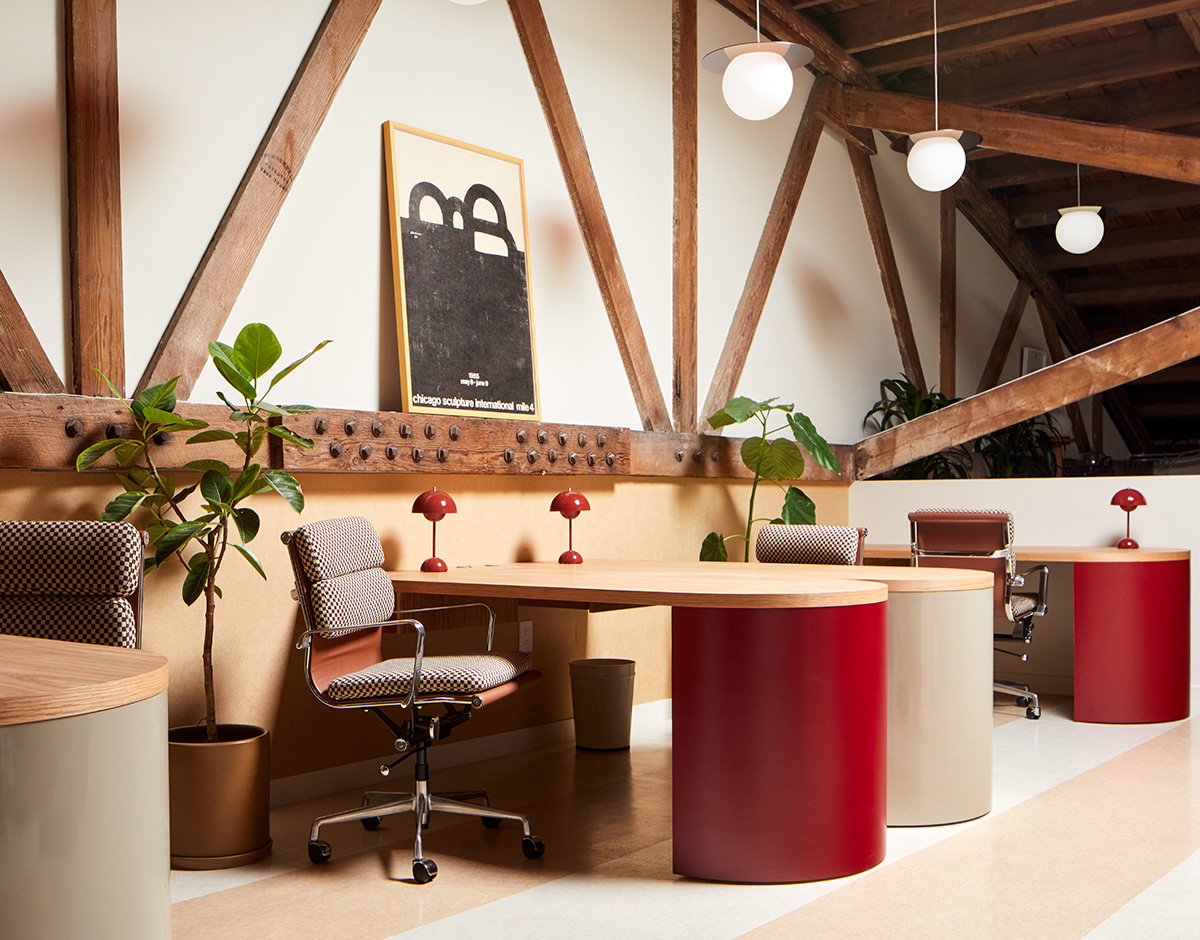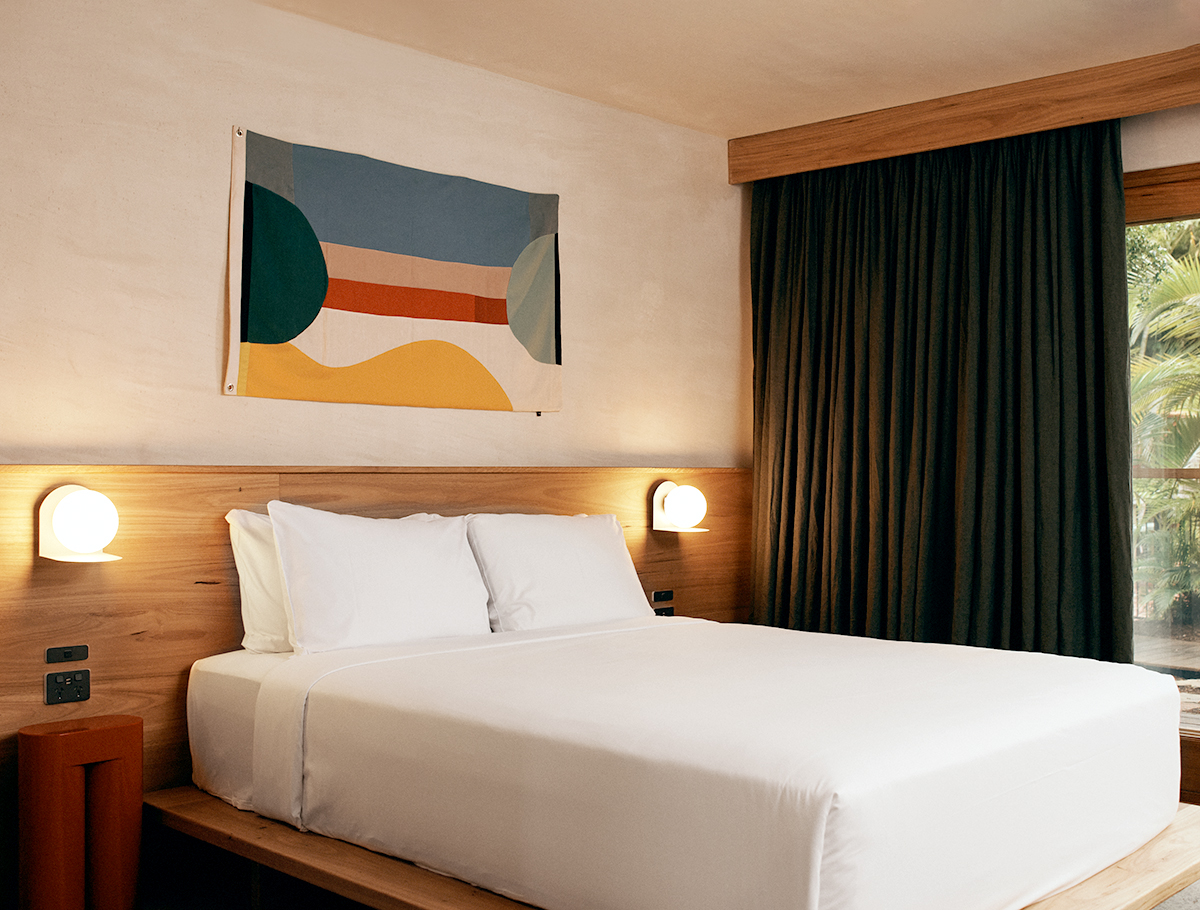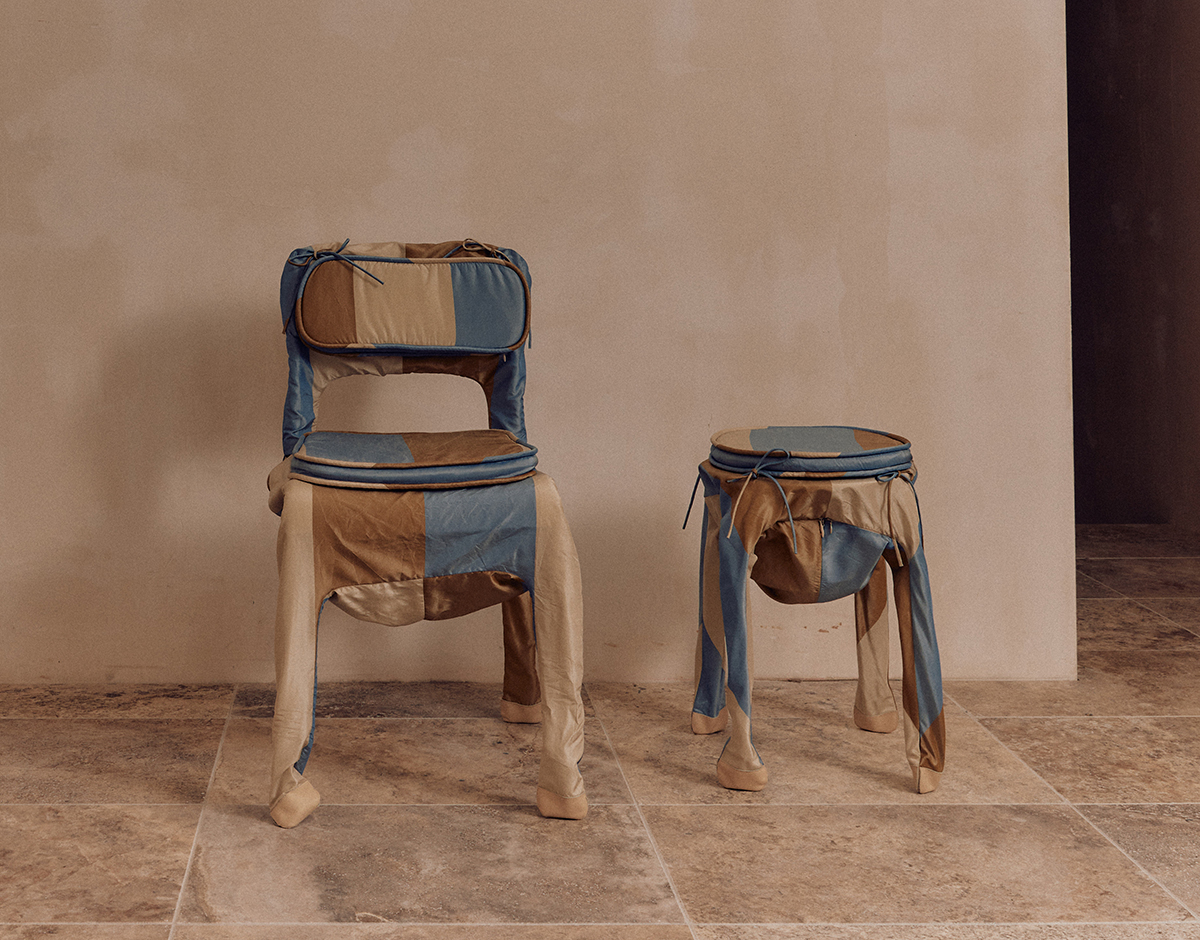
American Design Hot List 2024
BMDO
Melbourne and Los Angeles, bmdo.net
BMDO made a splash this year with their debut collection, launched at the Melbourne gallery Oigall — a suite of pieces both very familiar and very odd, from chairs wrapped in carpets or baggy parachute-ish upholstery to an actual floral-lined trash can. We were intrigued, and then excited to learn that the studio is in fact (half) American: Fletcher Barns is based in Melbourne, while his co-founder James L. Marshall is based in L.A. BMDO combines the pair’s industrial design and fine art backgrounds in furniture and objects that embody unexpected combinations and aesthetics.
What is American design to you, and what excites you about it?
American design embodies an interesting duality: It’s both rigid/structured and iconoclastic, combining a history for tradition with a willingness to challenge rules. The market’s expansiveness allows micro-conversations (niches) to hold a platform, giving designers opportunities to experiment and innovate. What excites us the most is the openness to risk-taking among clients, which fosters creative freedom and pushes the boundaries of what we can make.
What are your plans and highlights for the upcoming year?
2025 is about building our gallery and showroom representation to reach more people with our work. In March, we have a super interesting and somewhat left-of-center collaboration with an artist for Art Basel Hong Kong. Even though we have some history in contemporary art (it’s what James studied), it’s outside of what we’d thought a project outcome would be for BMDO, which is exciting for us! After that we’ll focus on developing new furniture pieces for a solo show at Oigall Projects, where we exhibited High Hopes in 2024. Outside of those two projects, we have a series of unrealized and updated furniture pieces that we’ll release throughout the year, starting with a new Chair 9 carpet.
What inspires or informs your work in general?
Our work is inspired by the unexpected, whether in collaborations, presentations, or the materials we use. We’re particularly drawn to the forgotten, the off-limits, or the passé. This dynamic creates a dialogue in our work, resulting in objects that we hope are thoughtful and playful. Our last solo show, High Hopes, reflected this ethos with a passing nod to Arte Povera, a movement that continues to influence our approach. By using found images and objects, and repurposed materials, we get excited by the possibility of reimagining the discarded to create new meaning and value.
Fletcher recently found a stained-glass dragon collecting dust in the back corner of a glass supplier’s shop. We’re not sure if it will get incorporated into a new work — or serve as the starting point for something completely unrelated — but it’s objects like this that often inspire us and lead us down a rabbit hole.
